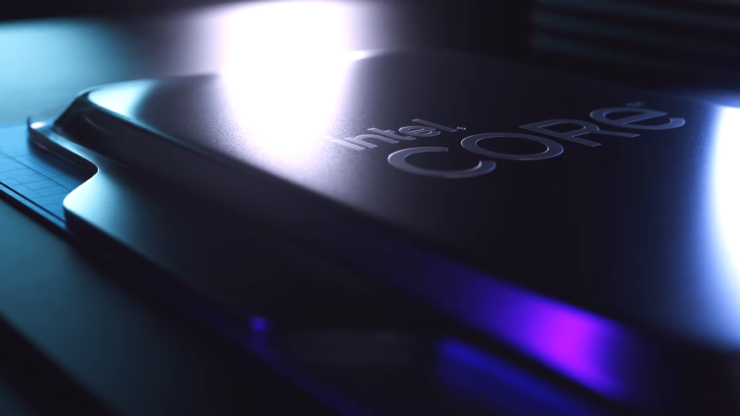Fun discussion regarding MTL/foveros which I have a few thoughts on to throw into the ring.
Regarding usage of foveros versus EMIB, might the usage of foveros be a combination of superior ubump density and the small size of the silicon in question? Does EMIB work as well when a higher percentage of the active silicon is on the EMIB versus substrate? Also not sure if such would have implications for power delivery to the areas above the EMIB connection, unless power was also sent through the bridge. My basic thought here is that EMIB is far superior for connecting large dice together, but once below a certain total size the traditional silicon interposer wins out.
Another interesting observation from the breakdown of different tile sizes on MTL - that main SOC tile is pretty close to half the total area, which could indicate that things were designed for the possibility of it being an active base foveros tile? Now obviously that's not happening, and I can think of a few reasons why. First, the base tile needs to be different for each configuration - if there are 2 different CPU and GPU tiles then you're up to 4 base tile configurations. The active logic would need to be sized for the minimum configuration, resulting in 'wasted' area on the larger configurations potentially. (Though that sounds like great area for L4 cache or some such.) That ties into the second problem of going with an active base die - available fab capacity. A passive base die should be extremely cheap to produce, potentially to the extent of a 200mm^2 passive base tile plus 90mm^2 SoC tile being cheaper than a 100mm^2 SoC base tile. So with the passive scheme the part that needs 4 different designs becomes cheap and simple to manufacture.






